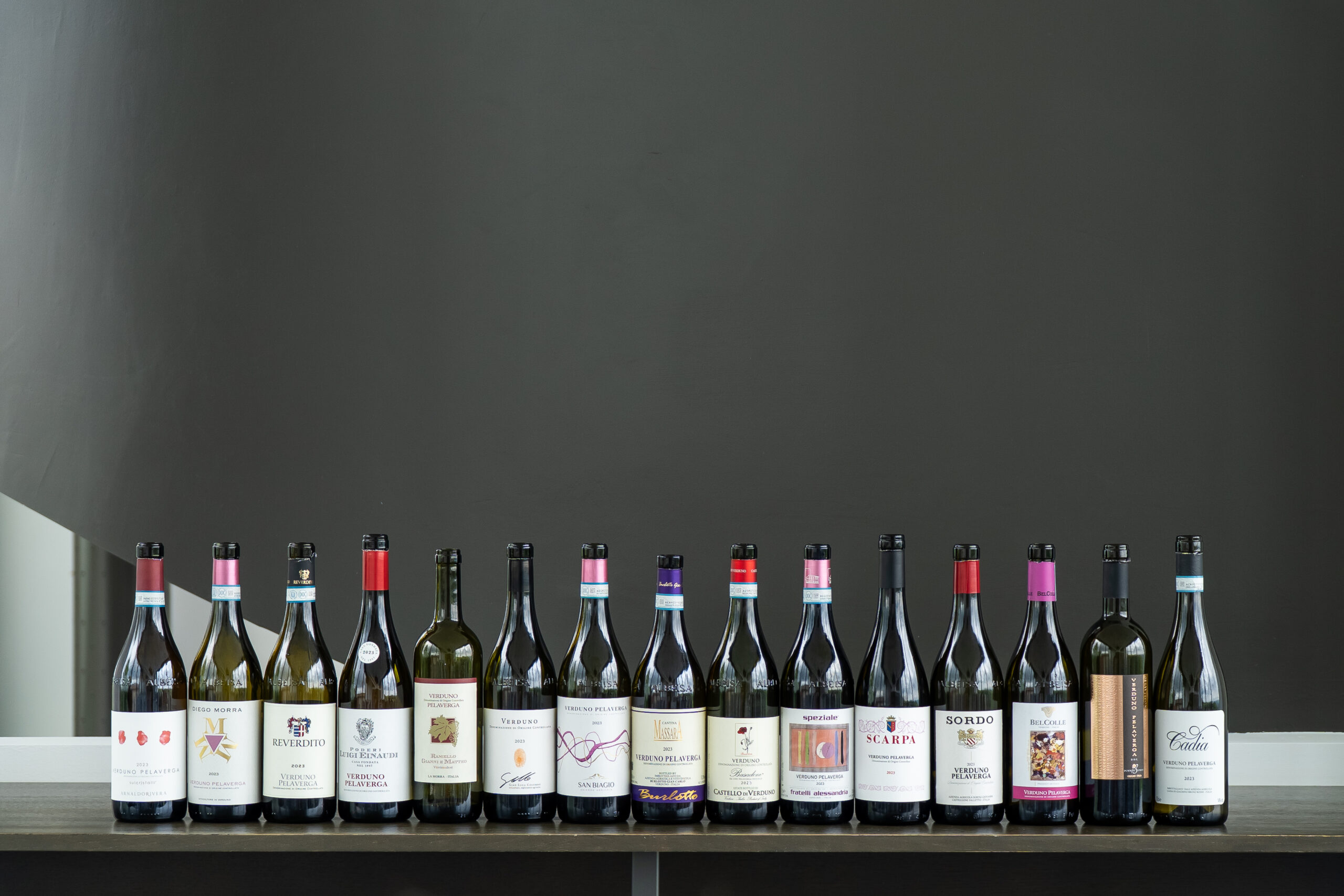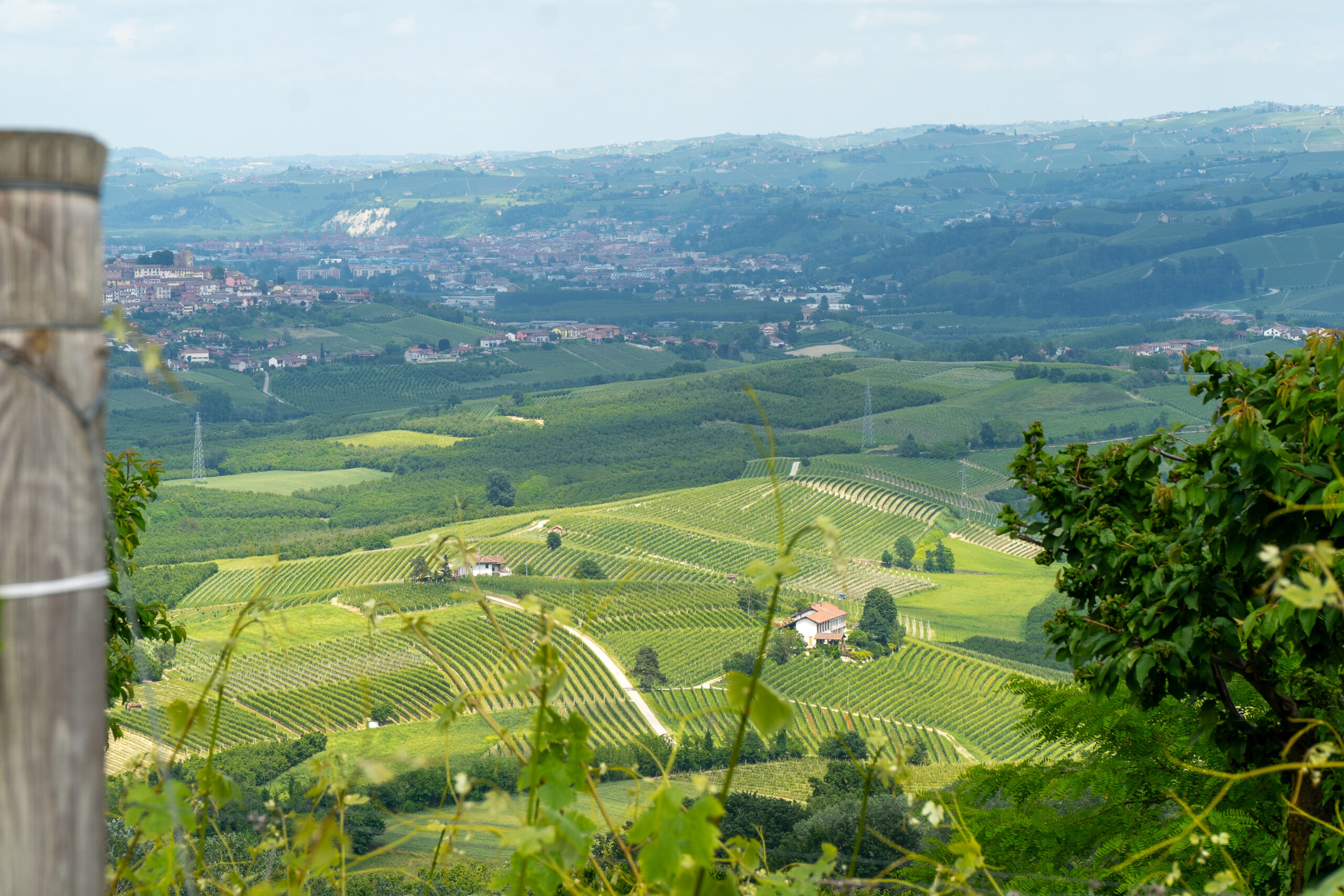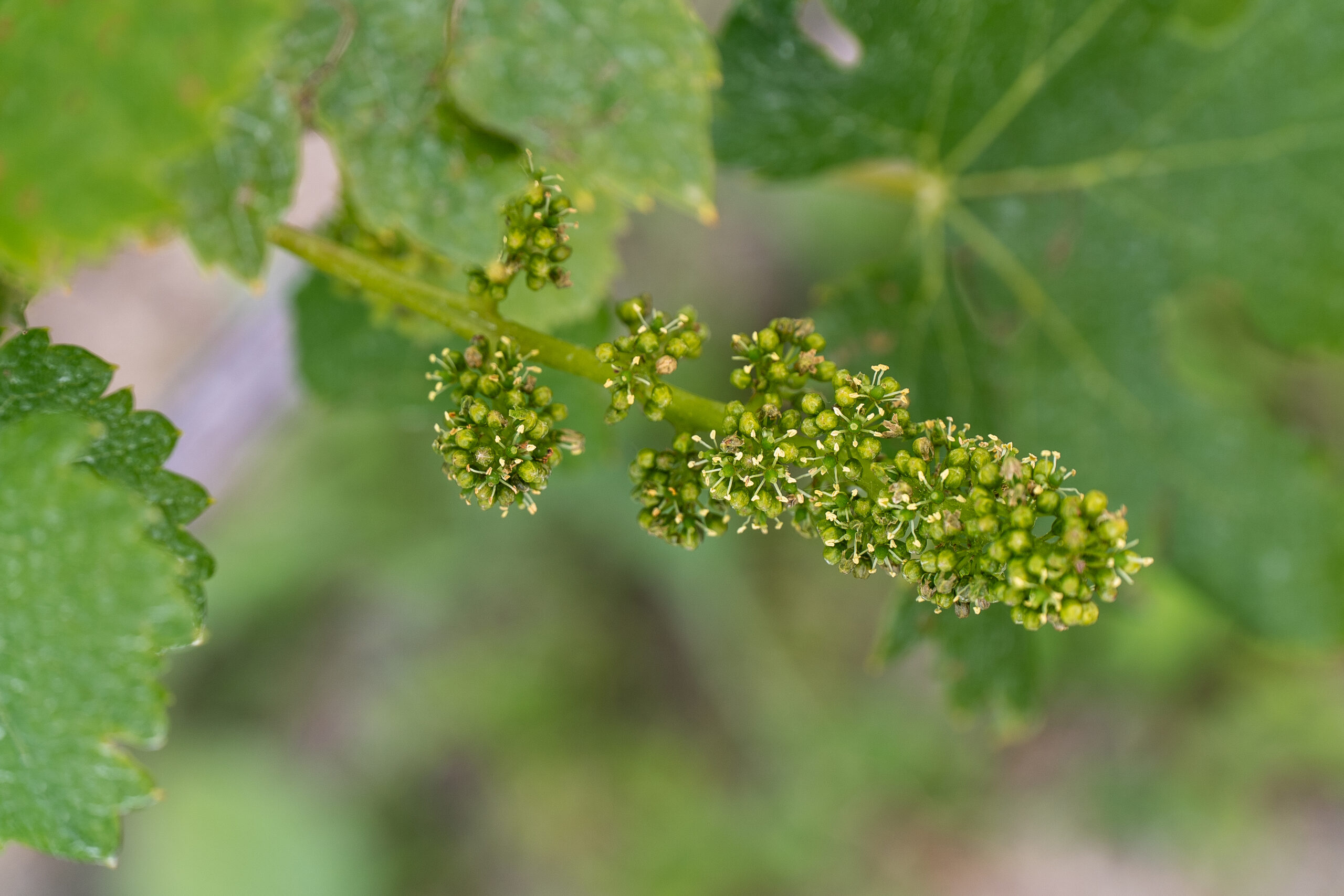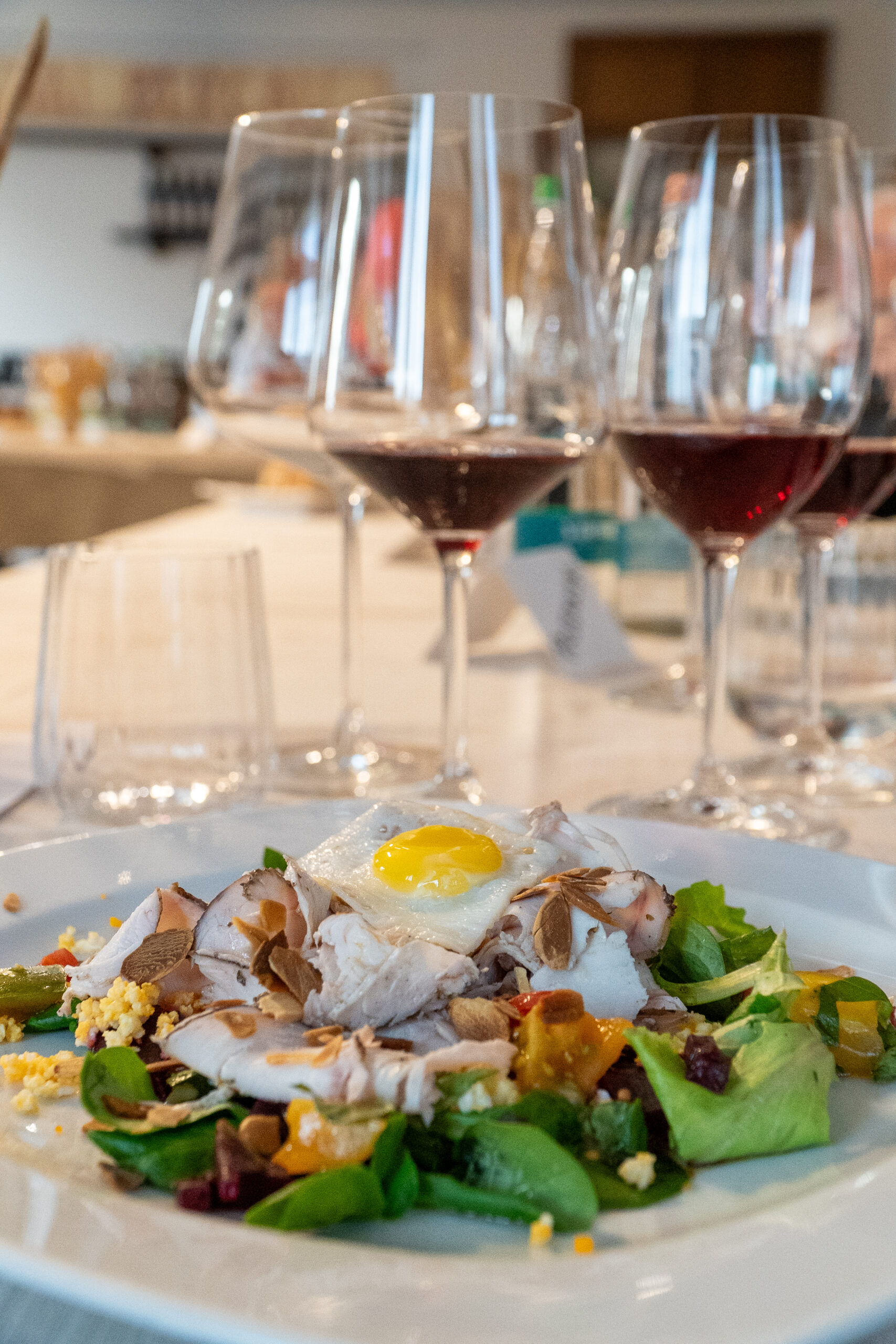From 11 producers in 2023 to 18 this in 2024
The promotion of Verduno Pelaverga DOC is getting more and more well. This indigenous grapes varieties of Langhe region is unceasingly grown since decade; Diego Morra, the president of “Verduno è Uno” Association in the last presentation of the vintage 2022 named as #VERDUNOÈ said: “The collective intent is to work together to protect and preserve this uniqueness, even as we face the challenges posed by climate change, adapting work in the vineyard with a view to always guaranteeing the finest quality grapes; to enhance the specific qualities of the Pelaverga Piccolo grape, along with those of the appellation and the area that is its elective homeland, presenting the wine, telling its story and offering it to local and international consumers; to draw attention to the immense potential of Verduno Pelaverga DOC in terms of gastronomic pairings, as well as the undeniable versatility that makes it interesting to very different cultures and culinary traditions, something we intend to promote particularly in this new edition of #VERDUNOÈ through the involvement of the Finnish chef Jyrki Sukula; he become an ambassadors of our terroir, understanding the historical, cultural, artistic and natural heritage, reinforcing and encouraging its vocation for tourism, in agreement with the designated institutions; to welcome new colleagues who are approaching the appellation with curiosity and interest, and to work as a team, cooperating cohesively to make the voice of the Associates heard in the appropriate contexts, both locally and internationally, and inspire others to spread the word. Verduno è Uno, the name of our association translates as Verduno is One and was chosen specifically to emphasise the two key concepts that drive our work: the uniqueness of this appellation and its territorial roots in Verduno, but also the cohesion, determination and unity of a growing group of local producers who – for almost 30 years now – have been proudly promoting this appellation’s virtues.
Verduno, sentinel of the Langhe
The village of Verduno emerges neatly from a wave of vineyards and woods, perched 381 metres above sea level, with its bell tower clearly visible above the ridge of the hill. A
magical and silent place, with just under 600 inhabitants. From the Belvedere, surrounded by linden and horse chestnut trees, vineyards stretch as far as the eye can see, framed by the backdrop of the Alps, which mark the boundary of this picture-postcard landscape. Verduno is an interesting cultural and oenological microcosm, where producers with a long tradition behind them and young entrepreneurs alike have been consolidating a collective growth in production for several years now, with a significant increase in overall quality, in the number of wineries, in the labels on offer and in investments in the territory.
A feud of Nebbiolo and of different expressions of Barolo, including a contemporary and elegant Barolo of the Monvigliero Mention (MGA), Verduno is working hard to strengthen and enhance the historical link with the wine made from the Pelaverga Piccolo grape, one of the native varieties saved from extinction after World War II, capable of encapsulating and narrating the characteristics of the area.
Pelaverga grapes
According to some sources, the origin of the name Pelaverga is linked to the Latin pellis virga, and refers to a particular technique adopted to favour the ripening of the grapes, which consisted in the partial peeling of the vine twigs. Two different native grapes with autonomous genetic and morphological characteristics are known as Pelaverga in Piedmont but they are cultivated in two distinct areas: the adjective “Grosso” is used for one while ”Piccolo” is used for the other, denoting the main difference between the two,
which lies in the size of the berry. Pelaverga Grosso is native to the foothills of the Saluzzo area, in the province of Cuneo; in the Turin area it is called Cari, from Chieri, the other historical growing area. Tradition links the introduction and propagation of Pelaverga Piccolo in the Langhe in the 18th century to the work of Sebastiano Valfrè, who is said to have brought it from the Saluzzo area to his native Verduno: studies (Mannini et al. 1991) actually show that Pelaverga Piccolo is is no way related to Pelaverga Grosso: Pelaverga Piccolo has its own ampelographic, agronomic and oenological characteristics, so much so that it has become a cultivar in its own right.
It is an adaptable and versatile vine with outstanding vigour. Due to its late budding it is well protected against spring frosts; productivity is high and constant. It is mostly grown as using the espalier system. The variety is characterised by medium-large, compact and winged, conical or elongated pyramid-shaped bunches. The berry is medium-small, spheroidal or ellipsoidal, with a medium-thick skin with purple nuances, covered in bloom. The harvesting window is now tending to be sooner, around the second half of September. Registered as a medium-late variety, harvest time always used to be in the first ten days of October, after the Dolcetto grapes.
The two Pelaverga varieties, Grosso and Piccolo, were officially registered in the National Catalogue of Vine Varieties between 1981 and 1994.

Verduno Pelaverga Appelation
Approved for DOC status by Ministerial Decree dated 20/10/1995 (and subsequently updated with amendments in 2007, 2011, 2014 and 2015), the Verduno Pelaverga (or Verduno) production regulations isolate a small production area that includes the municipality of Verduno and portions of land located in the adjoining municipalities of Roddi and La Morra. Only one type is envisaged, a still, dry red wine made from at least 85% Pelaverga Piccolo grapes.
Other black grape varieties suitable for cultivation in the Piedmont region may contribute to the remaining 15%, but almost all wines available on the market are made from 100% Pelaverga Piccolo. The regulations do not specify minimum ageing times or the type of container to be used for ageing.
The surface area suitable for producing Verduno Pelaverga slightly exceeds 30 hectares: 25.18 in the municipality of Verduno, 3.96 in the municipality of Roddi d’Alba, 1.62 in the municipality of La Morra (data from Servizi Regione Piemonte – Anagrafe Agricola Unica), a high percentage of which has been historically exploited. The annual number of bottles actually registered has fluctuated over the last five years between 150 and 180 thousand, peaking at the 204 thousand in the 2022 vintage.
2021 vs 2022 vintage
In the 2021 vintage, 1,569 hectolitres of Verduno Pelaverga were registered as DOC, declared by 33 winegrowers, 18 winemakers and 19 bottling companies, corresponding to a total production of 178,013 certified bottles. In the 2022 vintage, 1,756 hectolitres of Verduno Pelaverga were registered as DOC, declared by 35 winegrowers, 19 winemakers and 19 bottling companies, corresponding to a total production of 204,875 certified bottles.
Verduno is one, the Association
Between the two world wars and in the post-war period, the Comm. G.B. Burlotto winery had kept the ancient tradition of vinifying Pelaverga Piccolo as a single grape wine alive. In the 1950s and 1960s, production had become meagre and scarcely exceeded 1,000 bottles per year. It was the result of the separate harvesting of the Pelaverga Piccolo plants still present in the Nebbiolo, Barbera and Dolcetto vineyards owned by the winery and some of the town’s winegrowers.
In 1972, Castello di Verduno organised the planting of new vineyards exclusively with Pelaverga Piccolo: this path was gradually followed by other producers.
This step marked the founding of the Verduno producers’ association, which was officially established in 2000, but had been operating informally since the 1980s. There were six founding wineries: in addition to Castello di Verduno, Fratelli Alessandria, Commendator G.B. Burlotto, Gian Carlo Burlotto – Cantina Massara, Bel Colle and Vinandolo di Antonio Brero.
The project was shared by technicians and winemakers. Support came from the institutions, starting with the municipality of Verduno, which made a piece of land owned in the Monvigliero cru available for the creation of an experimental vineyard. The Faculties of Agriculture and the Arboreal Cultivation Institutes of the Universities of Turin and Milan, the Experimental Institute for Viticulture of Asti and the Luigi Veronelli Permanent Seminar were involved in the research activities. The grape variety was successfully promoted thanks to teamwork, culminating in the institution of Verduno Pelaverga DOC in 1995, a year after its registration in the National Register of Vine Varieties (code 330). The first bottle dressed with the “fascetta” (the neck label) was the result of everyone’s efforts, and not those of a single winery: an institutional version, with a label created especially by Swiss artist Henri Spaeti. The association now has 18w has 18 members, while 19 wineries produce Verduno Pelaverga, with a total production of over 200,000 bottles since the last harvest, almost all of which are available for retail sale in Italy at around 15-20 euros.

Wine Profile
The wine made from Pelaverga Piccolo is a pale ruby colour with violet nuances and an identifying aromatic character which is easily recognised by its spicy component in particular. The most recurrent descriptor is, in fact, pepper (white and green), but references can range from curry to coriander. A 2021 study by researcher Maurizio Petrozziello points out: “This wine is characterized by a light colour and a unique, intense spicy aroma. The analysis of this wine detected a significant concentration of rotundone (approximately 40 ng L−1), which is known to impart a distinctive pepper note and has a very low olfactory threshold (16 ng L−1 in wine). The measured concentrations, well above the perception threshold, could link rotundone directly to the spicy notes highlighted by the sensorial analysis of Pelaverga wines).
The palate of these wines is balanced and streamlined, featuring restrained acidity and gentle tannin, with a medium-light structure and good alcohol content.
Pelaverga wines have a distinct gastronomic vocation: depending on the serving temperature, they pair well with “merende sinoire” (later afternoon/early evening snacks), and with “vitello tonnato” or “carne cruda” starters, as well as traditional Piedmontese pasta dishes such as “tajarin” and “agnolotti del plin”, or notable main courses such as “finanziere” and “bollito misto”. They are also worth trying with fish dishes with tomato sauce such as “cacciucco” or stuffed squid.



